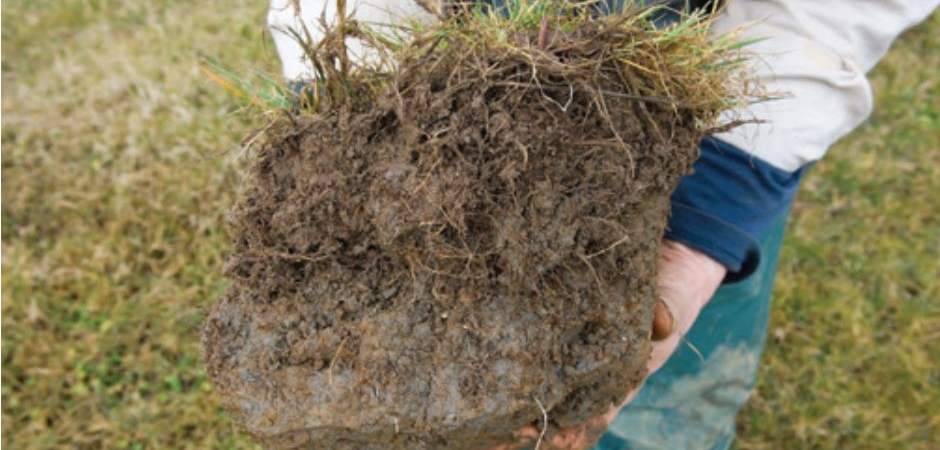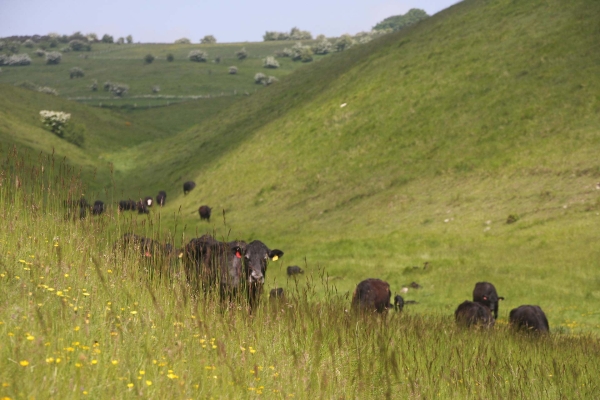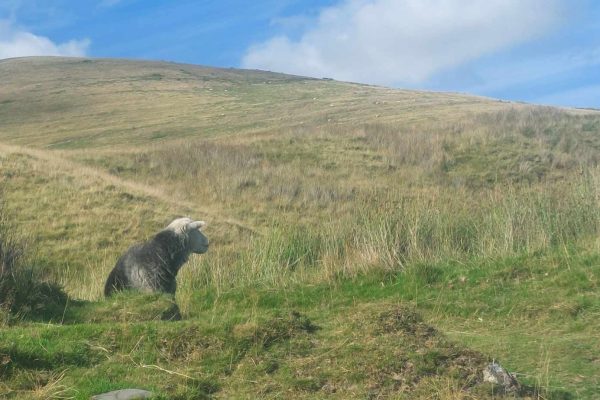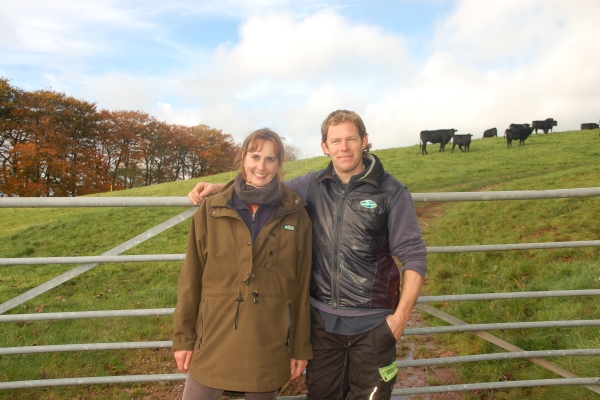Improving Soils for Better Returns
Beef and Sheep BRP Manual 3
This AHDB manual provides information to help you manage your soil for the good of the environment, your animals, and your pocket.
Resource explained
This manual was produced as part of the Agriculture and Horticulture Development Board (AHDB) Better Returns Programme, which encourages beef and sheep producers to evaluate their businesses and identify where they can make improvements in terms of environmental impact, animal performance and cost reduction.
It is based on the premise that soil conditions on beef and sheep farms directly influence how well grass and forage crops grow and the quality of feed produced.
It is divided in to key areas: testing soil for nutrient content, using lime, evaluating and applying soil test results, assessing soil texture and structure, spotting the warning signs of depleted soil, benefits from good soil management and the impact of poor soil management, compaction, poaching, managing soils under forage and under maize crops, and managing soils for cross compliance.
It provides clear, easy to follow instructions with some useful quick reference tables and effective infographics.
Findings & recommendations
- A healthy, fertile soil consists of biological, physical and chemical components.
- The physical properties of soil vary between and within fields, at different depths, and are dependant on how it is managed.
- It is important to assess and monitor chemical and physical soil properties. Carrying out simple tests can help save time and money, as they will highlight shortfalls and surpluses in nutrients that can then be corrected.
- Compaction restricts the movement of air, water, and nutrients, leading to poor plant growth. It can also cause fertiliser runoff and water logging, which impacts on the number of available grazing days and the quality of silage. It is vital to avoid and reduce compacted soils.
- Farmers have an important role to play in preventing soil degradation through poaching, erosion and runoff. Soil management is part of ‘cross compliance’ (actions that must be carried out in order to receive rural payments for land management schemes).
- The information in this manual will help you improve returns from crop and animal production through appropriate soil management, and help preserve the soil on your land for future generations to come.







